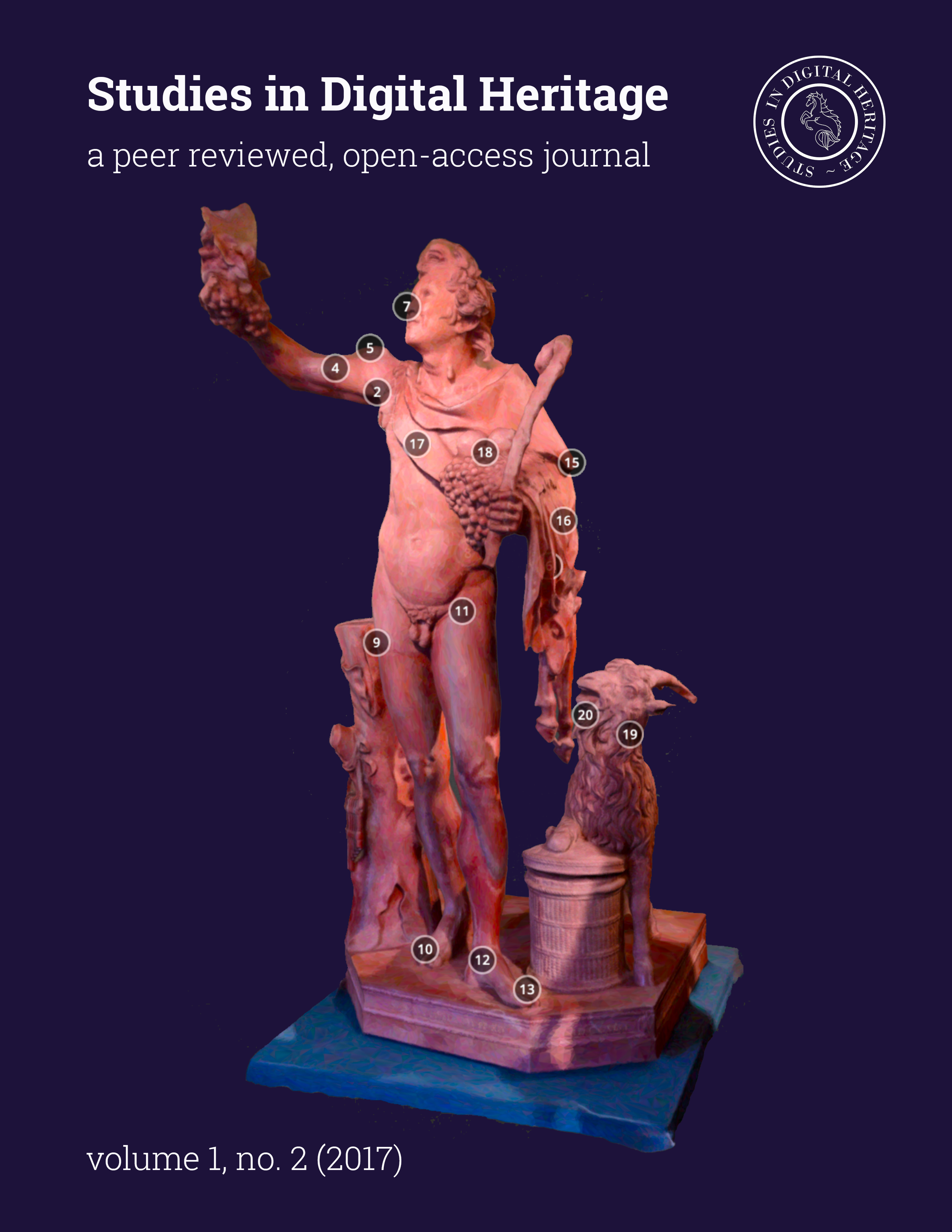SIKB0102: Synchronizing Excavation Data for Preservation and Re-Use
Main Article Content
Abstract
Despite hesitation, an interchange format for digital archaeological data was needed. We played a major role in the drafting group for what would later become the 'SIKB0102' interchange standard, where we ultimately focused on: 1) keeping the original level of detail while providing a harmonized view; 2) serving archiving as well as data interchange in active projects; 3) control of versions and 4) making sure that relations, key to solving archaeological mysteries, are central. An unusually flexible interchange format was created, that can hold detailed data together with, and linked to, harmonized data. Having the harmonized data makes it easy to search and combine datasets, while having the related detailed data makes it possible to drill down to the original level of detail. Archaeological data is all about structure and location, so we took care of including the vector geo-location data in the specification as well. Combining all these aspects in one interchange format make the SIKB0102 specification stands out.
In The Netherlands the archaeological research data must be provided to the national archival institute (DANS), and the KNA (quality standard for the Dutch archaeology) demands submitting the data to the national archive. Today the KNA requires to provide archaeological excavation data according the SIKB0102 specification, which is a big step forward in re-using archaeological excavation data.
Downloads
Article Details
From 18 May 2018, the contents of Studies in Digital Heritage are licensed under a Creative Commons Attribution-NonCommercial 4.0 International License (CC BY-NC 4.0). Our submitting authors pay no fee and retain the copyright to their own work.
How this works: to submit their work to the journal, authors grant Studies in Digital Heritage a nonexclusive license to distribute the work according to a CC BY-NC 4.0 license. Once an article is published, anyone is free to share and adapt its contents—provided only that they do so for noncommercial purposes and properly attribute the shared or adapted information. Details of these terms can be found on the Creative Commons website.
Download SDH’s full author agreement here
Studies in Digital Heritage will insert the following note at the end of any work published in the journal:
© [Year] by the authors. This article is an open-access article distributed under the terms and conditions of the Creative Commons Attribution License CC BY-NC 4.0 (https://creativecommons.org/licenses/by-nc/4.0/).
References
Erik Boasson & Wouter Boasson. 2010. Data integration technology in cultural research. In Proceedings of the 15th International Conference on Cultural Heritage and New Technologies. Vienna: Museen der Stadt Wien – Stadtarchäologie, 459-469.
E. F. Codd. 1972. Further normalization of the data base relational model. In R. Rustin, ed. Data Base Systems, Courant Institute Computer Science Symposia Series, vol. 6. Englewood Cliffs, N. J.: Prentice-Hall, 66-98.
E. F. Codd. 1974. Recent investigations in relational database systems. In Proc. IFIP 74. Amsterdam: NorthHolland, 33-36.
Iepie Roorda and Ronald Wiemer. 1992. The ARCHIS project: towards a new national archaeological record in the Netherlands. In C. U. Larsen, ed. Sites and monuments: national archaelogical records. Copenhagen: National Museum of Denmark, 117–122.
R. M. Visser et al. 2016. Teaching digital archaeology digitally. In Stefano Campana et al. , eds. CAA 2015. Keep the Revolution Going. Proceedings of the 43rd Annual Conference on Computer Applications and Quantitative Methods in Archaeology. Oxford: Archaeopress, 11–15.
W.J.H Willems and R.W. Brandt. 2004. Dutch Archaeology Quality Standard, Den Haag: Rijksinspectie voor de Archeologie.


